Next Point
of Sale
The future of Sales
The point of sale is no longer a space for shopping. It has developed into a place that inspires people, invites them to linger and offers an experience that far exceeds the desire for consumption. It is a point of excitement, a point of communication and a point of perception.

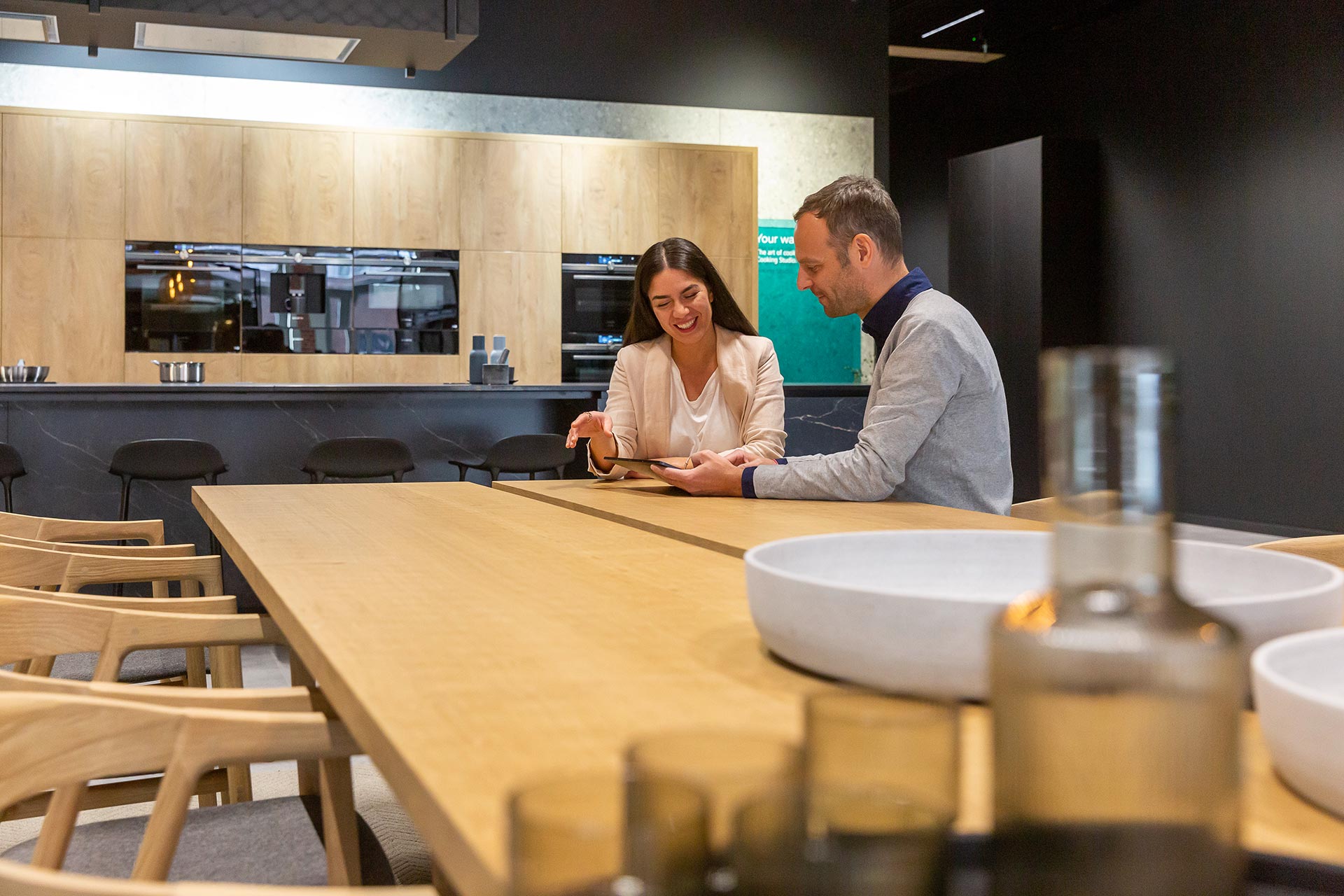
The classical shopping experience gives way to sensual perception, stimulated exchange and an intensive experience. But how are the spaces designed that surround this newly defined place? What does this mean for the brands and products that are presented in this environment? And what answers do architects and designers find to the questions posed by this new kind of presentation?
“We used to enter the world of brand communication through design and space. Today we use the leading themes of the market as well as the stories of the brands that make them up and that can be told and staged.”
Michael Ostertag | Partner at SCHMIDHUBER
Brand staging of tomorrow
IF: Mr Ostertag, for more than 30 years SCHMIDHUBER has been involved in the creative staging of brands in space. How has your tasks and your way of working as a designer changed during this time?
Michael Ostertag: We used to enter the world of brand communication through design and space. Today we use the leading themes of the market as well as the stories of the brands that make them up and that can be told and staged. So we have moved more into brand development and storytelling, and only then develop the spaces and designs to go with it.
IF: So is it okay to say that you work as consultants in the first step and only become designers as the project progresses?
Michael Ostertag: We see ourselves more in the field of brand consulting – a mix of brand communication and a design agency. In addition to architects and designers, we also employ communication strategists to connect brand communication with design, experience and architecture.
A few years ago, we developed a core idea – the four D’s – for this approach to projects. They stand for Discover, Dimension, Design and Deliver and represent a simplified structure that organises our internal processes without restricting creativity. They basically describe the path from strategy and concept to design and implementation.
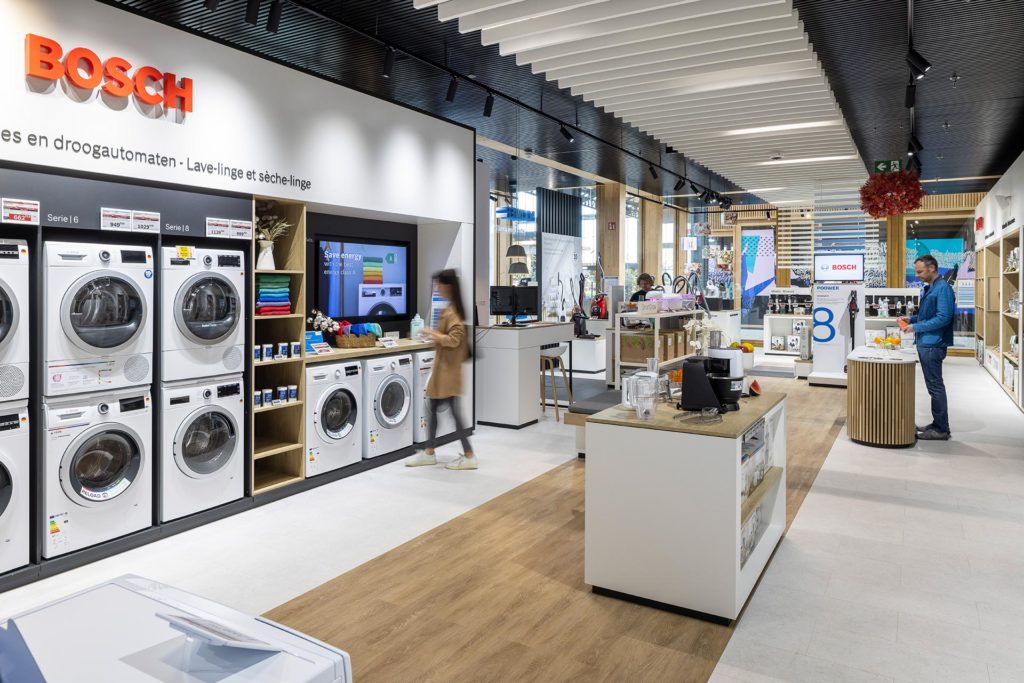
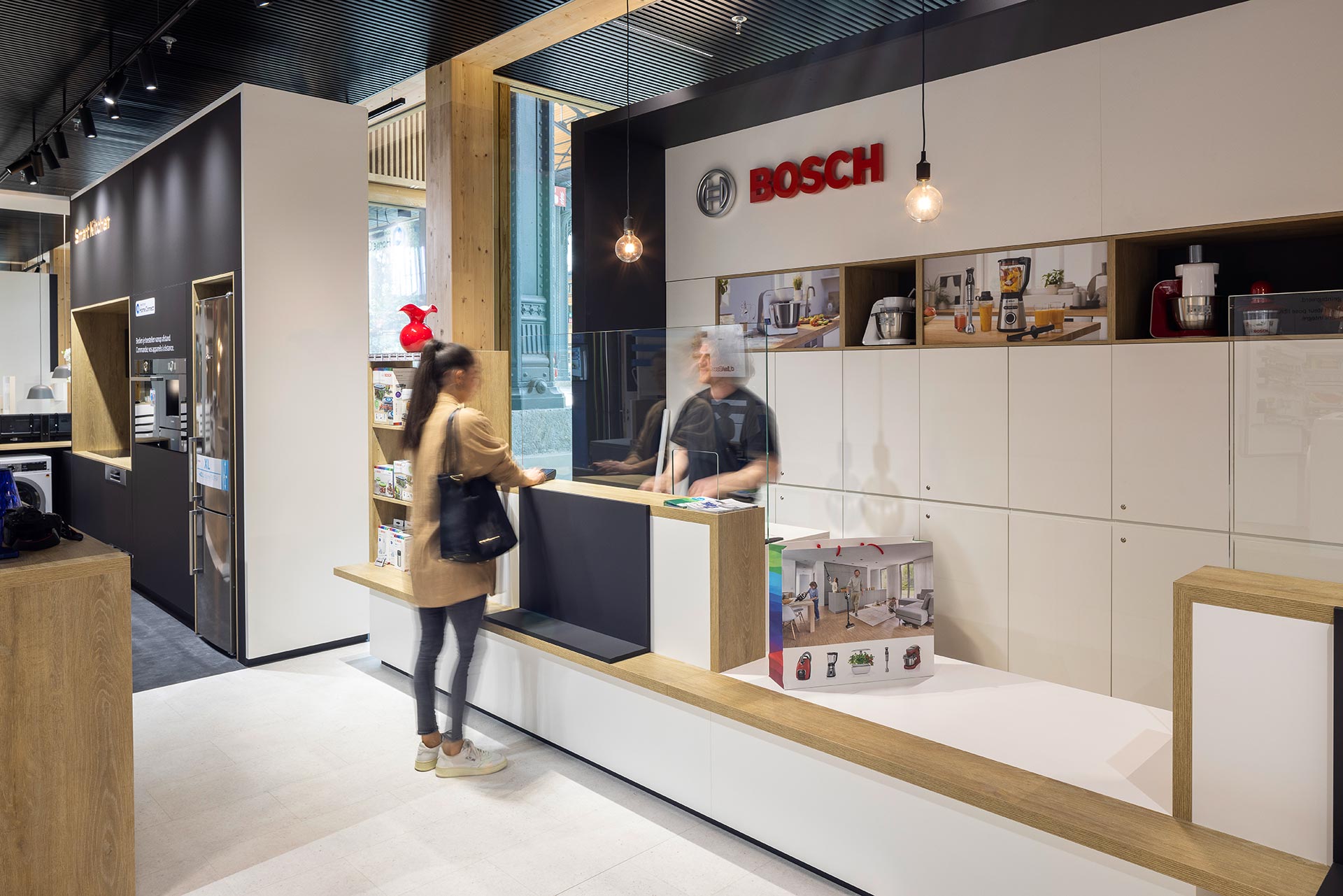

IF: Your “speciality” is the staging of brands at trade fair stands, in pop-up shops or showrooms. How is the integration of new technologies in this area or how important is the use of new media, especially in this “fast-moving” industry?
Michael Ostertag: The fast pace of life sometimes pushes us to the limits of brand strategies, because you have to take the customer on a targeted path in communication. If this changes completely every year, trust in a brand also breaks down. Large corporate architecture projects are planned for 20 to 40 years and accordingly designed to “age”. This is different from temporary architecture such as trade fair stands or pop-up stores, where we are lucky enough to always be able to present the brand with its finger on the pulse of time. We have to deal with technology in a completely different way in this area and can import and use new technologies from other industries. For this, we have also connected strongly with research and teaching in recent years.

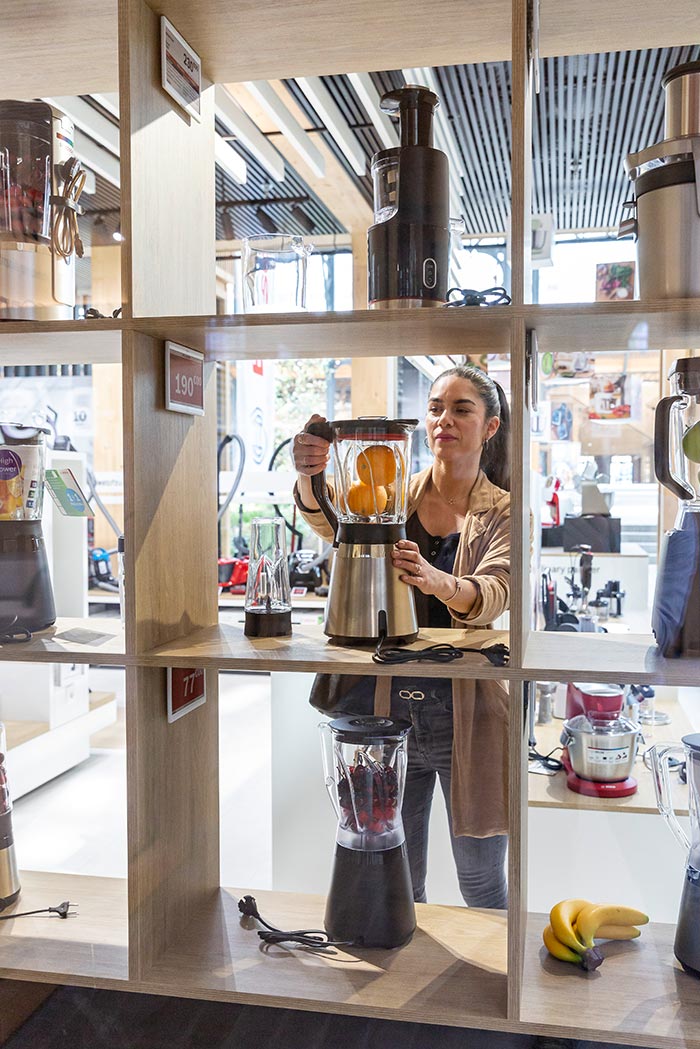


The brand
on the pulse of time
IF: How difficult is it to work for a brand in the field of tension between long-lasting concepts and staging on the pulse of time?
Michael Ostertag: There are no longer any long-lasting concepts or a lasting brand strategy in this sense. A current topic that also concerns me a lot is that we are only addressed with short-term experiences and no longer have long-term goals – also in brand communication. But this also means that trust in brands is lost to a certain extent. The purchase decision, which used to be very much associated with the values of a brand, is now triggered by “superficial” incentives in our noisy, experience-rich times. But that’s exactly why, in addition to current key themes, you need a strong brand identity. And in my opinion, this will experience a renaissance in the next ten years. Because the questions: “What does a brand stand for?”, “What makes a brand authentic and credible?” and “What does it offer me personally?” as well as the fundamental attitude of a brand will again become more of an influencing factor for people’s brand affiliation.
“The questions: “What does a brand stand for?”, “What makes a brand authentic and credible?” and “What does it offer me personally?” as well as the fundamental attitude of a brand will again become more of an influencing factor for people’s brand affiliation.“
Michael Ostertag | Partner at SCHMIDHUBER



Photos © Jörg Hempel, Altdorf
Weitere
Projekte
Projekte, Inhalte und Themen, die sie auch interessieren könnten:
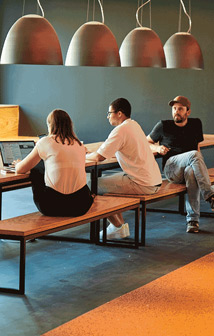
Future Work Spaces
Starfinanz
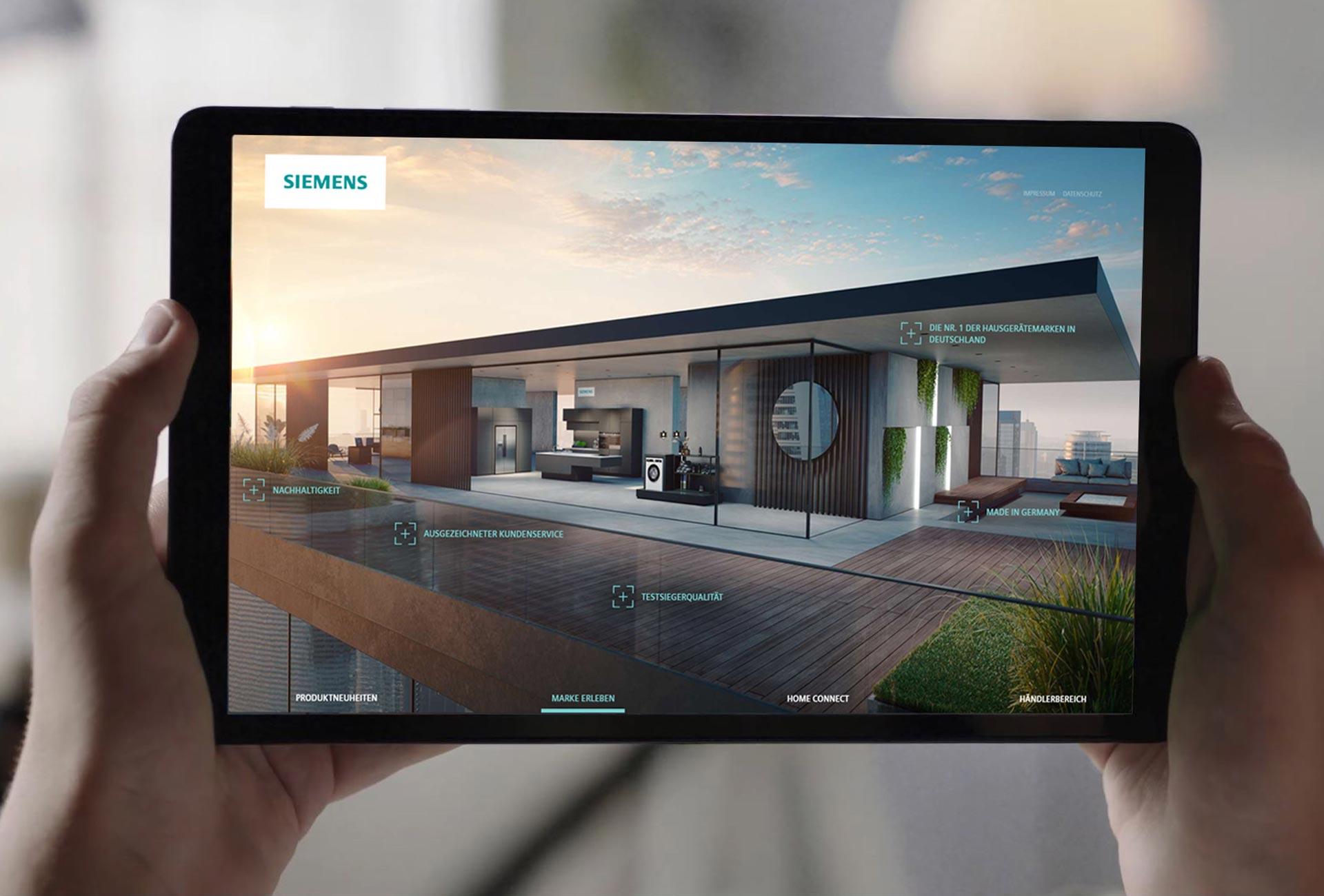
Digital B2B Platform
Siemens | Virtual Launch
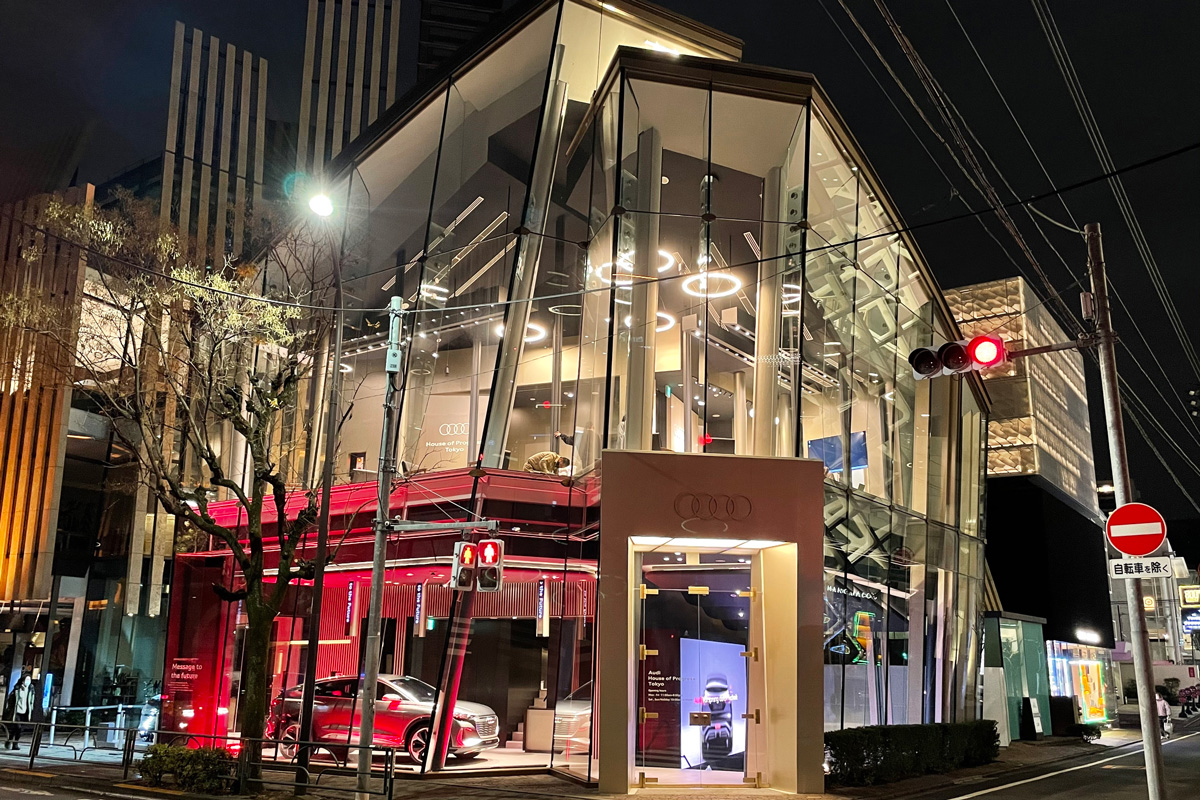
Audi House of Progress Tokyo
Audi | HoP Tokyo

Audi Ultra Store at Bikini Berlin
Audi | Pop Up Store
Offene
Fragen?
Ruf uns an:
+49 89 157997-0
Oder schreib uns:
info@schmidhuber.de

